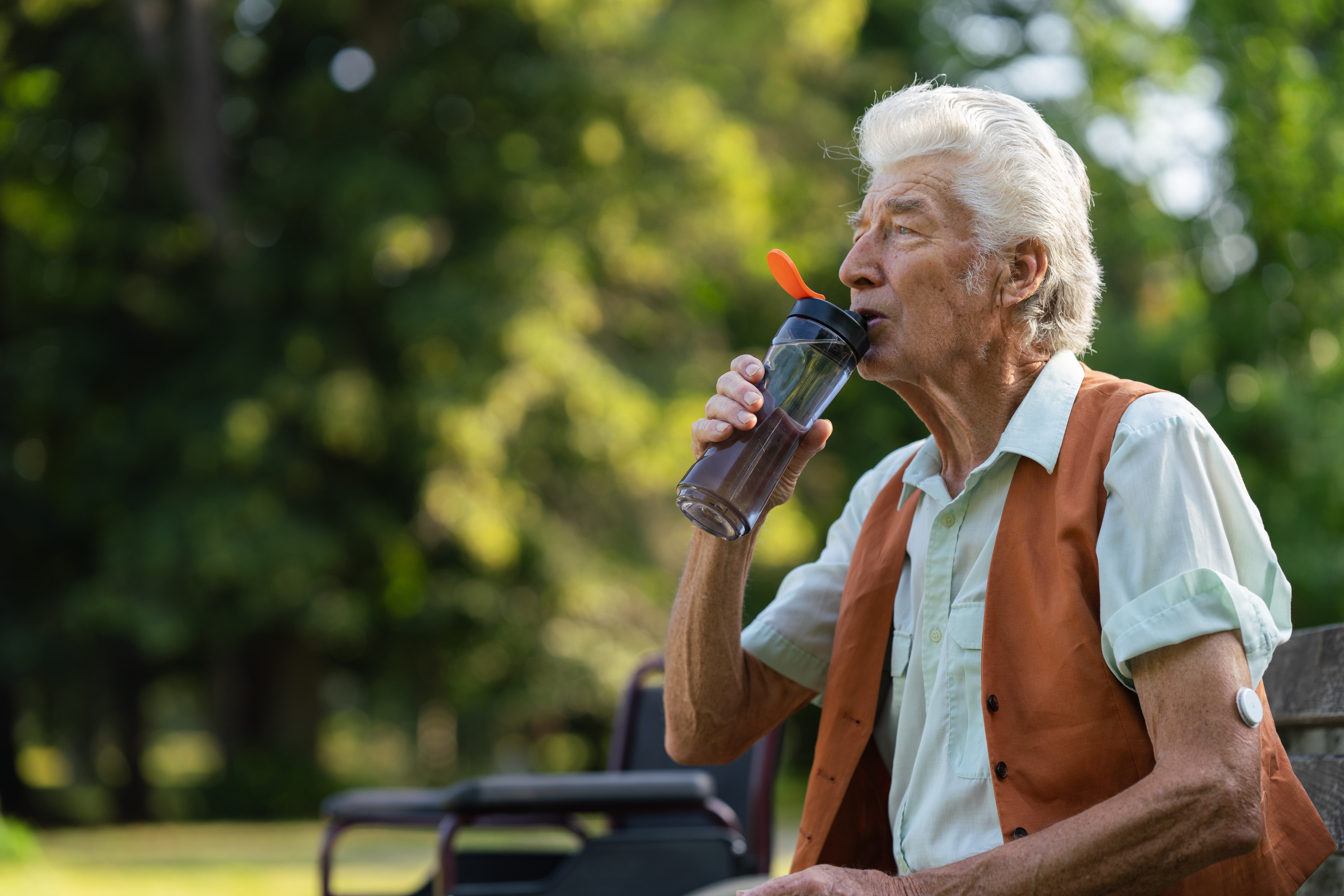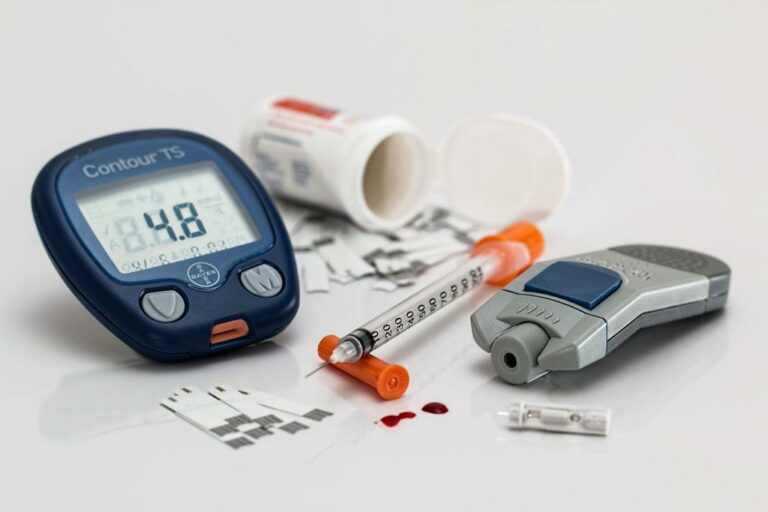How Remote Patient Monitoring Can Prevent Heat-Related Illnesses
As global temperatures rise and heatwaves become more frequent, the risk of heat-related illnesses such as heat cramps, heat exhaustion, and heat stroke is increasing, particularly for vulnerable populations like the elderly, children, and outdoor workers. Addressing these conditions through effective preventive measures is essential for protecting public health during extreme heat events.
Remote patient monitoring (RPM) is a powerful tool in this effort, providing real-time data on vital signs and environmental conditions to enable early detection and timely intervention. This technology not only helps manage existing conditions but also prevents the onset of heat-related illnesses through proactive monitoring and alerts.
In this article, we will explore the types, symptoms, causes, and treatments of heat-related illnesses, emphasizing the critical role of RPM in these processes. By the end, you’ll understand how to leverage RPM to beat the heat and ensure safety during the hottest days.
Why Tackling Heat-Related Illnesses Matters
According to the Centers for Disease Control and Prevention (CDC), approximately 1,220 people in the United States are killed by extreme heat every year, making it one of the deadliest weather-related hazards. Additionally, studies have shown that heat-related illnesses can increase healthcare costs significantly. Addressing these illnesses through education, preventive measures, and effective management is essential to protect vulnerable populations.
Role of Remote Patient Monitoring (RPM) in Managing Heat-Related Illnesses
RPM offers a revolutionary approach to managing heat-related illnesses. According to the CDC’s Emergency Preparedness and Response newsletter, the highest risk groups include individuals aged 65 and older, children under 2 years old, and those with chronic diseases or mental illness. RPM systems can reduce hospital admissions for chronic conditions and improve early detection of health issues. By continuously tracking vital signs and environmental conditions, RPM can provide early warnings and facilitate timely interventions, significantly reducing the risk of severe outcomes.
Types and Categories
Heat cramps
Heat cramps are the mildest form of heat-related illness, characterized by muscle spasms and pain due to excessive sweating and electrolyte loss. They often affect athletes and individuals engaged in strenuous physical activities in hot environments.
Heat exhaustion
Heat exhaustion is more severe than heat cramps and involves symptoms such as heavy sweating, weakness, dizziness, nausea, and headache. If left untreated, it can progress to heat stroke.
Heat stroke
Heat stroke is a life-threatening condition marked by a rapid rise in body temperature, confusion, loss of consciousness, and potential organ damage. Immediate medical intervention is critical to prevent fatal outcomes.
Other heat-related illnesses
Other heat-related conditions include heat rash, sunburn, and dehydration. While less severe, they can still cause significant discomfort and, if unmanaged, lead to more serious illnesses.
Symptoms and Signs
- Common symptoms of heat-related illnesses’
Typical symptoms include excessive sweating, muscle cramps, fatigue, headache, dizziness, nausea, and rapid heartbeat. Recognizing these signs early can prevent progression to more severe conditions. - Uncommon symptoms to watch for
Uncommon symptoms such as confusion, seizures, or loss of consciousness indicate severe heat-related illness requiring immediate medical attention. - Symptom progression
Understanding how symptoms progress from mild heat cramps to severe heat stroke can help in early identification and timely intervention.
What are the Causes and Risk Factors
| Factors | Description |
| Biological Factors | Certain biological factors, including age, obesity, and pre-existing health conditions, increase susceptibility to heat-related illnesses. |
| Environmental Factors | High temperatures, humidity, and lack of ventilation are primary environmental risk factors for heat-related illnesses. |
| Lifestyle Factors | Activities that involve prolonged exposure to heat, such as outdoor sports or labor, significantly elevate the risk. |
| High-Risk Populations | Elderly individuals, children, athletes, and outdoor workers are particularly vulnerable to heat-related illnesses. |
Treatment Options
| Treatment Options | Description |
| Immediate First Aid | First aid measures include moving the individual to a cooler place, providing hydration, and applying cool compresses. |
| Medical Interventions | Severe cases may require intravenous fluids, electrolyte replacement, and medications to control symptoms. |
| Role of Hydration | Staying well-hydrated is crucial in preventing and treating heat-related illnesses. |
| Medications and Therapies | Certain medications and therapies can help manage symptoms and prevent complications. |
| Managing Heat-Related Illnesses with RPM | RPM devices can monitor hydration levels, body temperature, and other vital signs, allowing for timely medical interventions. |
Preventive Measures
- Hydration strategies: Regular fluid intake, even before feeling thirsty, is essential to prevent dehydration.
- Clothing and sun protection: Wearing lightweight, light-colored clothing and using sun protection can reduce the risk of heat-related illnesses.
- Timing outdoor activities: Planning outdoor activities during cooler parts of the day helps minimize heat exposure.
- Using RPM for prevention: RPM can alert individuals to early signs of heat stress, prompting preventive actions.
Takeaways
Summer’s sizzling temperatures can be more than just uncomfortable—they can be dangerous. By understanding the different types of heat-related illnesses, recognizing their symptoms, and knowing the preventive measures, you can turn the heat into a manageable challenge.
Remote Patient Monitoring (RPM) can play a crucial role in this by continuously tracking vital signs, hydration levels, and body temperature. RPM systems provide early warnings and facilitate timely interventions, helping you stay ahead of potential heat-related issues.
Remember to equip yourself with this life-saving knowledge, stay vigilant, stay hydrated, and make smart choices. Contact us today to learn more about how RPM can help you manage the heat and keep your summer memorable for all the right reasons








